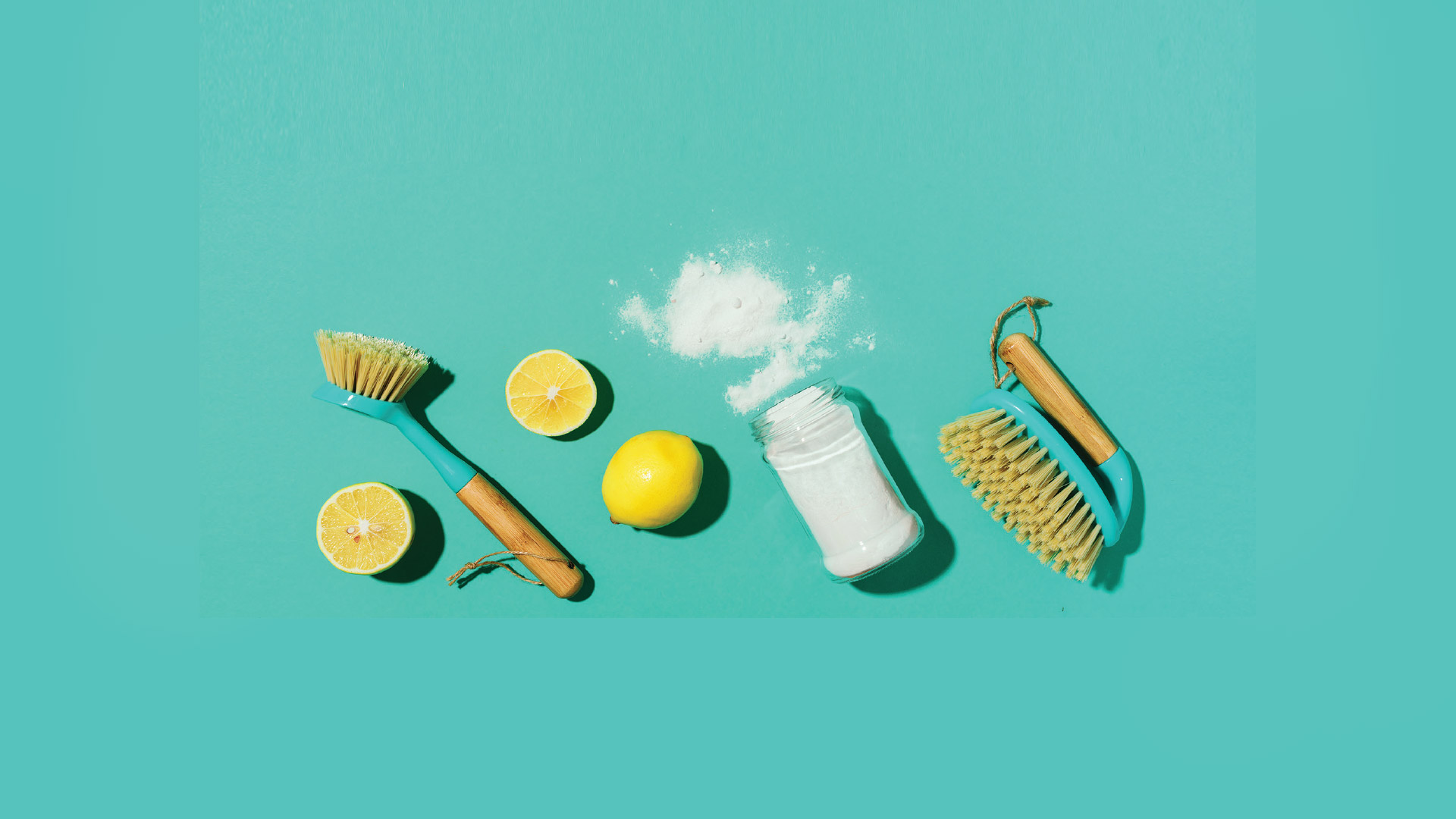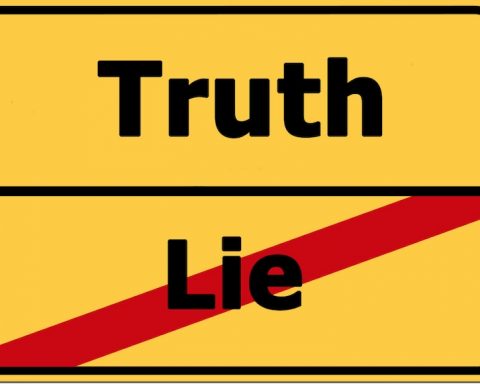Do you remember the days when armed with your marigolds and a host of cleaning products full of nasty chemicals and toxic ingredients you would set about spring cleaning your house?
Thankfully, times have changed for the better and since then there is a better understanding of the risks of toxic chemicals that has resulted in a move towards natural cleaning. There is also evidence to suggest that the use of household cleaning products containing synthetic chemicals can contribute to the development of or can aggravate asthma and allergies.
So it’s time to ditch the highly corrosive bleach, something that our own house-proud mothers would routinely use to clean baths, sinks and toilets, and look at eco-friendly ways to spring clean that don’t have a negative impact on the environment.
Although there are many excellent cleaning products that contain non-toxic ingredients that are easy on the environment and leave your home smelling beautifully perfumed, they can come at a cost, but if you do choose to buy them, beware – check the labels first and steer clear of products with VOCs (volatile organic compounds), fragrance, irritants and flammable ingredients.
It doesn’t take too much effort to make your own healthy household cleaners that are great alternatives to those you will find in the supermarket. You probably already have the basic constituents lying around the house, many of them use the same ingredients regardless of what you are cleaning, and don’t forget about good old soap and water which are sometimes all that is needed to make things sparkly clean!
The top natural ingredients for greener cleaning to include in your homemade toolkit include white vinegar, baking soda, borax (a powdery white mineral that has been used as a cleaning product for several decades), lemon and essential oils. Use spray bottles to make and store your homemade cleaners and if you don’t want to buy ready-to-go bottles you can repurpose old ones, just make sure you wash them out thoroughly first. Always store the bottles out of direct sunlight or heat, which can change the chemical constituents in the essential oils.
Distilled white vinegar is one of the most versatile, affordable, and accessible cleaning products that you can find. Its cleaning capabilities include glass, floors (not marble or granite), bathrooms, dishes, fabrics, stains, and more. You can use white vinegar in its pure form or diluted with water or baking soda for more natural cleaning.
Baking soda is another one of those kitchen cupboard staples that is fast and easy to use, and it’s also extremely inexpensive. Many recipes for green cleaning combine white vinegar and baking soda for dual power eco-friendly cleaning.
Borax is probably one of the most unique ingredients for green cleaning, and although natural, it is recommended that you avoid eye contact and undiluted skin contact with it, as well as ingestion of it. Most of the recipes that use borax use it in a diluted form which makes it a very usable natural cleaning ingredient.
Lemon juice is an amazing addition to add to your natural cleaners. Lemons contain antibacterial properties which aid in fighting unwanted germs and bacteria in the home and the citrus fragrance will help to make rooms smell fresh and clean.
Essential oils can be mixed with water and vinegar for an easy household cleaner. You can also use an essential oil diffuser to help purify the air and fill it with a clean scent.
To make an all-purpose cleaner: Place a small funnel into the opening of an empty spray bottle, and pour in 1/2 cup of white vinegar. Add 2 tablespoons of baking soda and wait for the foaming to subside then add in 10 drops each of tea tree and lavender, or eucalyptus, essential oil. Fill the rest of the bottle with water.
Soap scum remover: Combine equal parts water and distilled white vinegar in a reusable spray bottle, then add a few tablespoons of organic, non-toxic soap and shake to mix. It can be a good idea to keep a spray bottle of vinegar and water in your bathroom and spray everything down after your bath or shower.
Wood polish and cleaner: For wood cleaner, mix 1 cup filtered water with 3 tablespoons of distilled white vinegar. For polish, mix 1 cup of extra virgin olive oil with ½ cup fresh lemon juice.
Oven cleaner: Mix baking soda with water to make a paste and spread it all over your oven, then leave it on for 12 hours. Wipe the paste off with a damp cloth, then spritz the inside of the oven with distilled white vinegar before wiping it down again.
Glass and window cleaner: This is where we should take heed of what our grandmothers used. Nothing beats a 50/50 mixture of white vinegar and water mixed together in a reusable spray bottle and wiped with a soft rag or microfiber cloth.
Ensuring our spring cleaning process is eco-friendly should be a priority for us all. Go green, stay clean and look after not only your health but the health of the planet.
A word of warning, don’t ever mix vinegar with bleach as it will create toxic chlorine gas. Vinegar can irritate your eyes if contact occurs. Flush liberally with water for 5 to 10 minutes if the product gets in your eyes. It is also important that you use essential oils safely and always read the instructions on the bottles.








